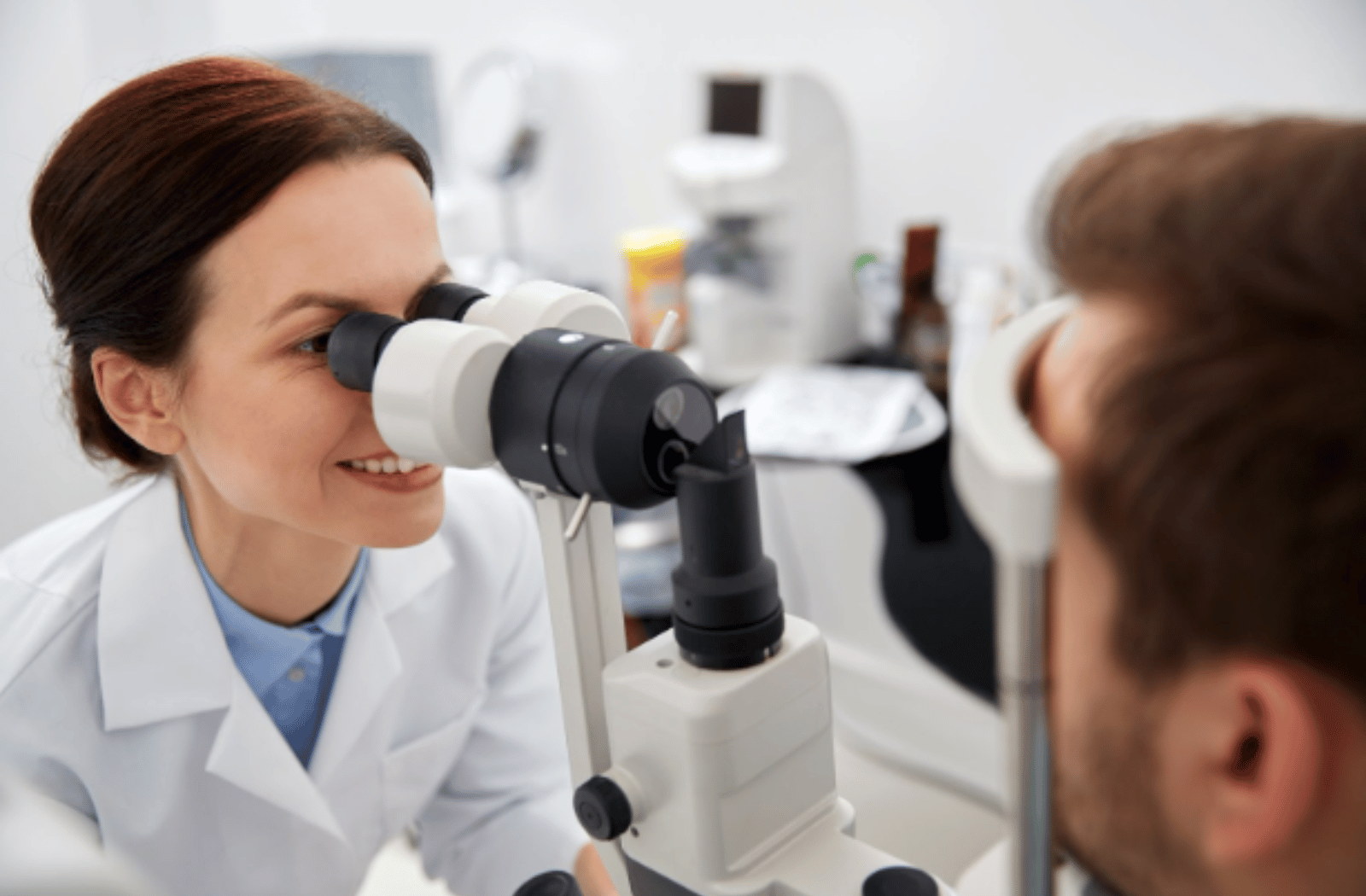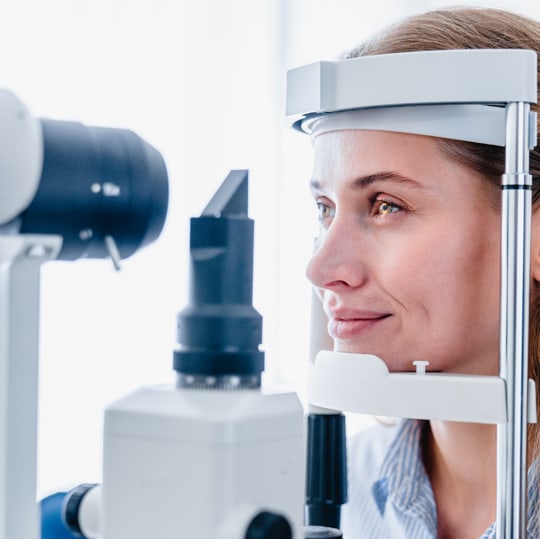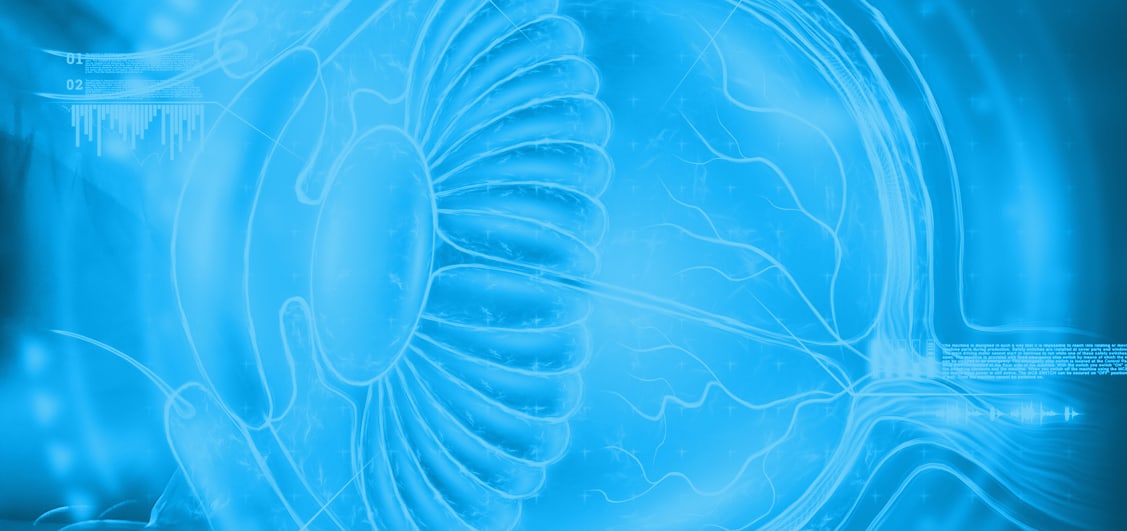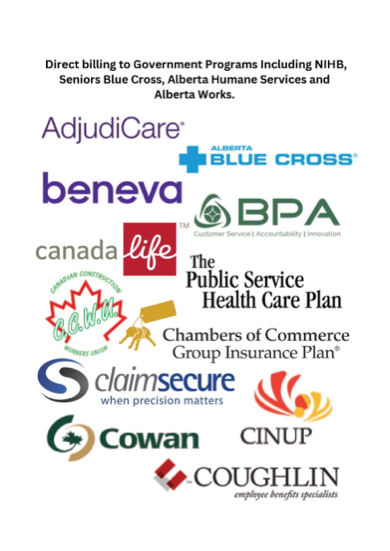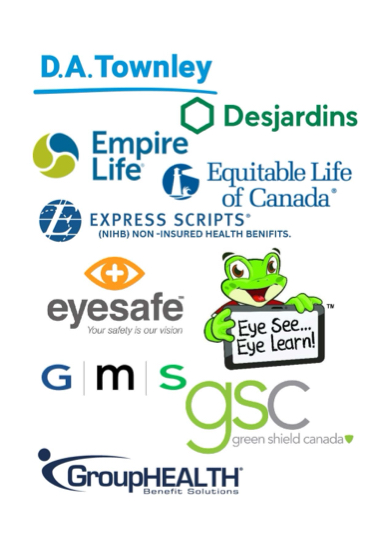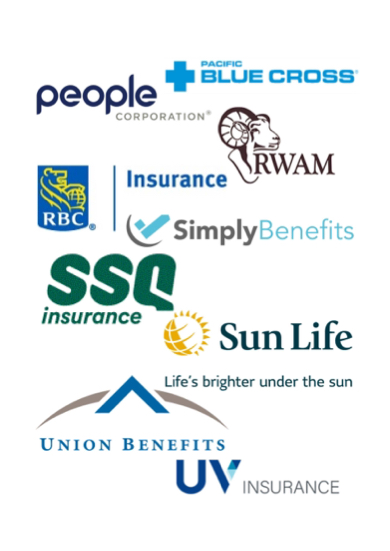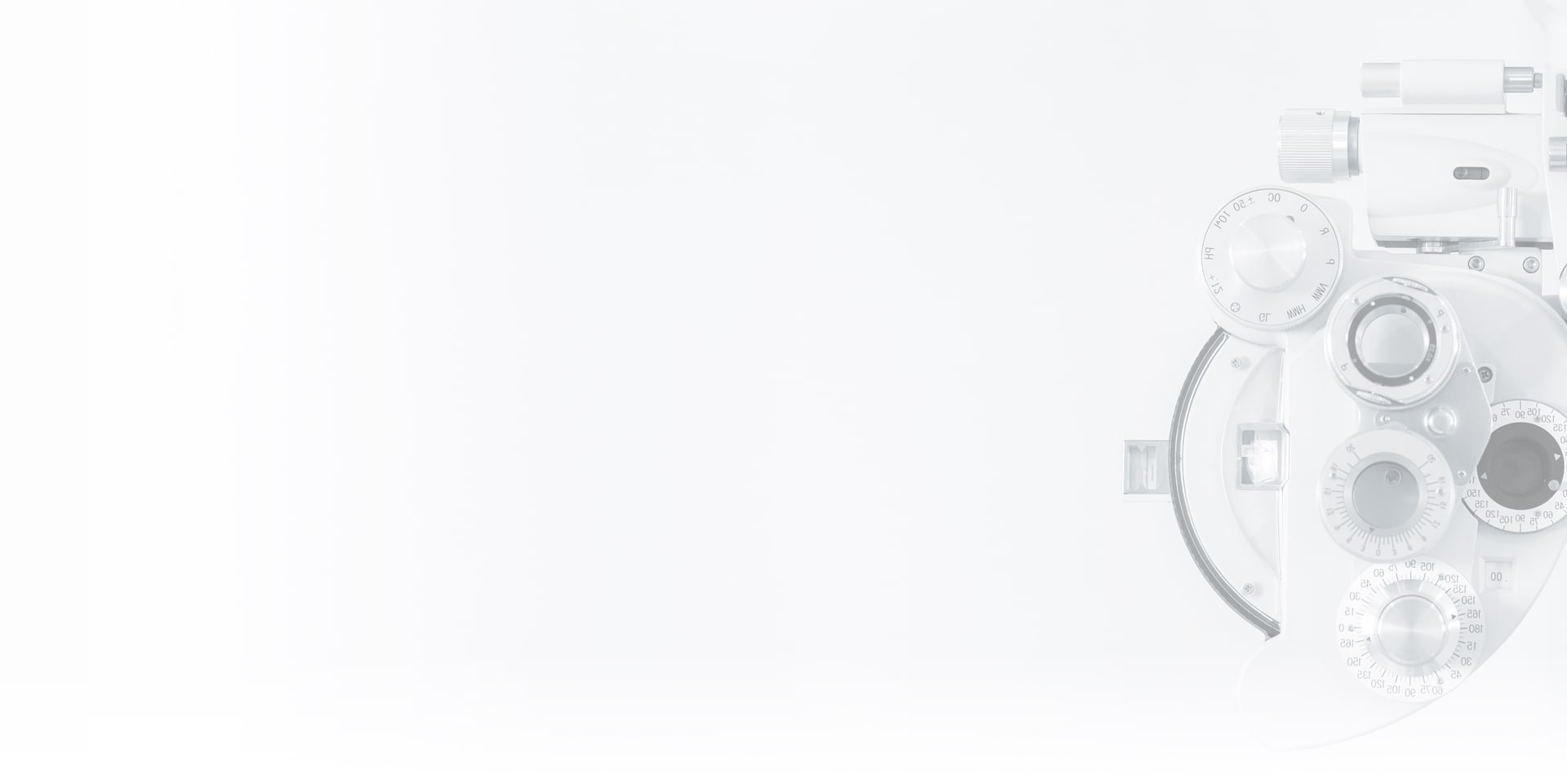The human eye is a lot more complex than you might think at first. Beyond the bending and focusing of light, there’s an entire system designed to allow fluids to enter and leave that helps maintain the shape and health of your eye. This system is responsible for your intraocular pressure.
Usually, your eye sits at between 10mmHg to 20mmHg of pressure, a measurement referring to the amount of mercury inside—similar to a thermometer. However, this isn’t always the case. Sometimes, a problem with this system develops, and your intraocular pressure may begin to rise.
The Basics of Eye Pressure
Inside your eye, there’s a fluid called aqueous humour. It flows through the body of your eye, bringing along essential nutrients, before leaving through a drainage system. Think of things as though there’s a natural plumbing system for your eye; fluid can enter and leave as needed to keep things clean and healthy.
When operating properly, your eye’s systems and structures keep a careful balance of intraocular pressure. Sometimes though, problems can develop and your intraocular pressure can start to rise.
What Happens if Your Eye Pressure is High?
When your eye pressure is too high, it starts to affect the physical structures and surroundings of the eye. The human body is complicated, and doesn’t leave a lot of room for significant changes; and when your intraocular pressure rises, the eye starts to swell.
This starts to put pressure on the optic nerve—the highway that sends visual signals to the brain as part of your vision system. Rising eye pressure begins to damage this nerve, which can lead to:
- A loss of peripheral vision
- Blurry vision
- Discomfort
- Eye pain
- Halos around lights
- Headaches
If you recognize these symptoms, you might be dealing with high eye pressure. This can quickly lead to glaucoma—a group of eye conditions that can lead to long-term vision loss due to intraocular pressure.
It’s crucial to seek immediate advice from your optometrist or primary healthcare provider. Damage to the optic nerve is permanent, and any lost vision won’t return. This is why early intervention is so crucial.
What Causes High Eye Pressure?
So what causes this high eye pressure? The eye is extremely complex and can be susceptible to all kinds of internal and external factors. Some potential causes of high eye pressure include:
- Genetics: A family history of ocular hypertension or glaucoma increases your risk of the same.
- Age: The risk of developing high eye pressure increases with age.
- Medical conditions: Conditions like diabetes, hypertension, and hypothyroidism can influence eye pressure.
- Medications: Prolonged use of corticosteroids can elevate eye pressure.
- Eye trauma: Past injuries to the eye can affect fluid drainage.
- Other eye conditions: Problems like pigment dispersion syndrome or pseudoexfoliation syndrome can block drainage channels.
High eye pressure can be caused by plenty of different contributing factors. This is why regular eye exams are so important; they give a trained professional the chance to measure your intraocular pressure and intervene sooner rather than later.
How Eye Pressure is Measured
Regular comprehensive eye exams aren’t just about checking your prescription. They’re about looking for problems that can have a significant effect on your life and vision—like high eye pressure.
During an eye exam, your optometrist will use something called a tonometry test. This carefully measures the internal pressure using one of three methods:
- Applanation, or Goldmann, tonometry, where the cornea is gently flattened and a slit lamp examines the eye.
- Electronic tonometry, where a small tool gently touches the cornea to measure internal pressure.
- Non-contact tonometry, where a gentle puff of air is used to flatten the cornea to see how the eye responds. This isn’t the most accurate measurement, but can still be used to easily check for high intraocular pressure. This may not be your favourite part of an eye exam, but that gentle puff of air is actually the most comfortable solution!
Once the testing is done, your optometrist will have a proper understanding of your intraocular pressure. Typically, ideal numbers are between 10-20mmHg. If your optometrist has any concerns, they’ll help design a plan to treat your condition and try to bring your eye pressure to safer levels.
Get Your Eye Pressure Checked
At Eyesis Eyecare, we’re here to help. We know how important it is to keep your eyes healthy, and our team of experienced optometrists can monitor any changes and help you find the right approach to preserving your vision. Book an appointment with us today, and let’s work together to protect your sight!


